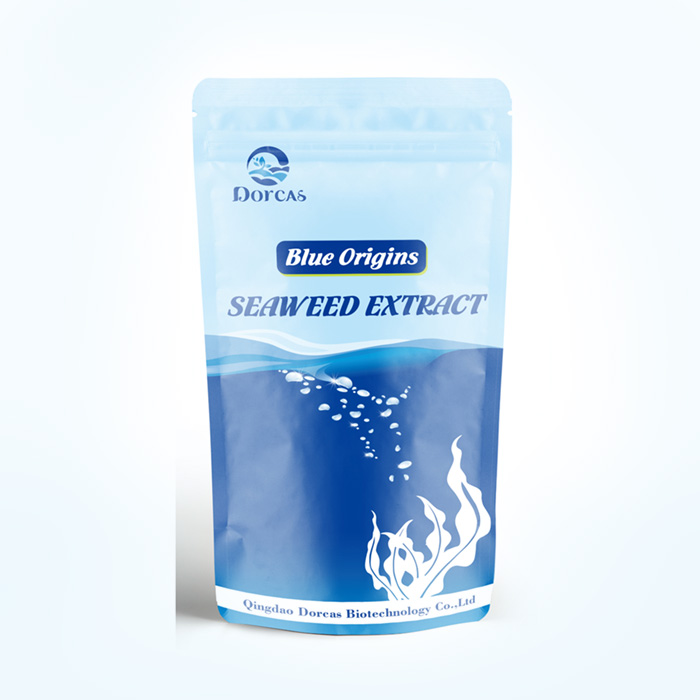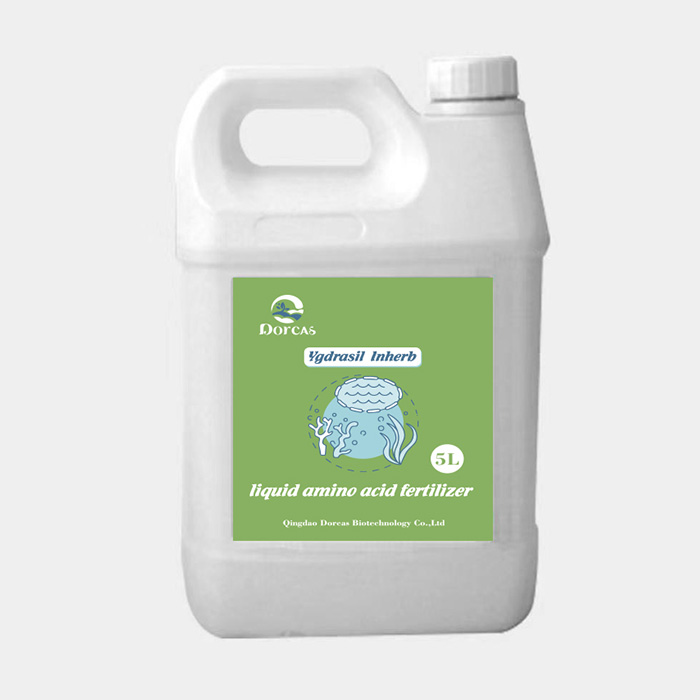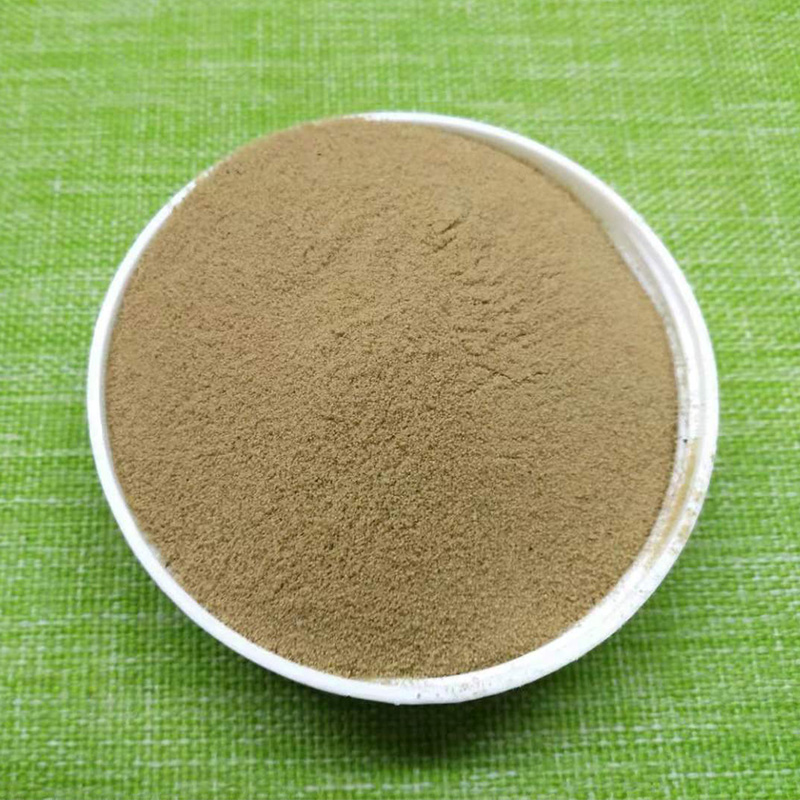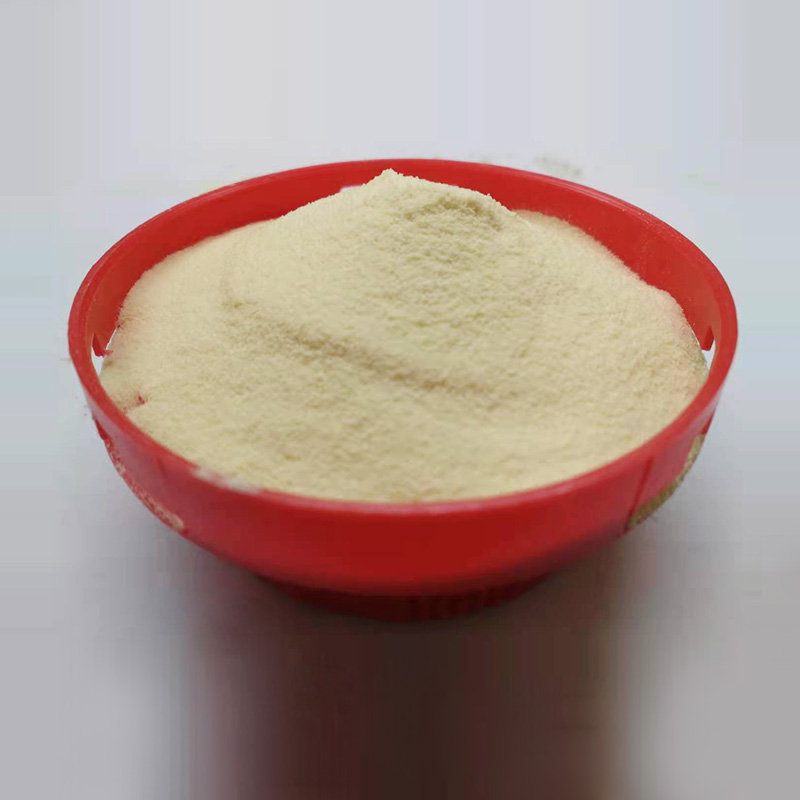Jul 14, 2022
Pepper root rot usually occurs near the surface after colonization. In the early stage of the disease, the branches and leaves of the diseased plant, especially the top leaves, wilted slightly, and recovered from the evening to the next morning. After such repeated times, the whole plant died, and the leaves were wilted but still green. The diseased part is limited to the stem base or root. The cortex is light brown and dark brown rotten, which is very easy to peel off and expose wood. Continuous cropping is the main cause of the disease.
Control method
1 Agricultural control
1) Select disease resistant and disease resistant varieties.
2) Reasonable rotation. Serious land plots can be rotated with non Solanaceae and melon vegetables for more than 3 years. If conditions permit, the effect of water and drought rotation is better. Timely remove the sick and disabled bodies, burn them away from fields and water sources or dig pits and bury them deeply, so as to reduce the number of pathogens in the coming year.
3)Strengthen cultivation management. During protected cultivation, it is best to buckle the shed in advance and adopt high-temperature closed shed sterilization, high compartment film mulching and colonization to prevent root wounds, and apply enough rotten organic fertilizers, such as seaweed fertilizer and amino acid fertilizer. Be careful not to burn the root system when applying fertilizer or topdressing. After planting, irrigate reasonably to prevent flood irrigation, and loosen the soil in time to enhance soil permeability and promote root wound healing and root development. The shed shall be ventilated and dewatered in time, and the water shall be drained in time after the rain. The diseased plants shall be removed in time after the disease occurs, so as to reduce the source of re infection. The diseased holes can be sprayed with lime water for disinfection, so as to control the spread of the disease.

2、 Pesticide control
1)Seed treatment. Soak the seeds with sodium hypochlorite. Before soaking the seeds, wash the seeds with 0.2% ~ 0.5% alkaline solution, and then soak the seeds with clean water for 8 ~ 12 hours. After taking them out, soak them in the prepared 1% sodium hypochlorite solution for 5 ~ 10 minutes. After washing, promote germination and sowing. It can also be pre soaked in cold water for 1 ~ 2 hours, then soaked in warm water at 55 ℃ for 10 minutes, then cooled in cold water, and then accelerated germination and sowing.
2) Seedbed treatment. In early spring, try to use brewing hotbed or electric hotbed to raise seedlings and improve soil temperature. The field soil that has not been planted with eggplant fruit for 2 years is selected as the seedling bed soil. After the seedling bed is completed, 58% metalaxyl manganese zinc wettable powder, 50% carbendazim wettable powder and 70% DT wettable powder are used and mixed with 10 times dry soil, and then sprinkled on the border, hoed, leveled, watered, seeded, covered with soil and covered with film. The dosage is calculated as 10 grams per square meter of seedbed. The ventilation time and air volume shall be well controlled, and the moisture in the seedbed shall be discharged in time. The bed soil shall be added with organic fertilizer and phosphorus and potassium fertilizer, and sprinkled with dry fine soil and plant ash to reduce the humidity in the bed.
3)Treatment during colonization. Generally, it is treated as acupoint (ditch) application. Prepare 1000 pepper seedlings with 500 grams of metalaxyl, 500 grams of carbendazim or 500 grams of dt500. When planting, add 10 times of dry soil respectively, mix it evenly and sprinkle it into the planting hole (ditch).
4)Early detection and control of pepper root rot should be carried out. 500 times of 50% thiophanate methyl wettable powder, 600 times of 50% carbendazim wettable powder and 600 times of 50% methylfrost · manganese zinc wettable powder can be used. 0.5kg per plant can be irrigated once every 7 days for 3 ~ 4 consecutive times. 200 ~ 300 times of 10% amino acid copper water agent, 800 times of 75% sodium disulfonate wettable powder and 250 ~ 300 times of 5% bacterial toxin water agent can also be selected, which can be sprayed or irrigated continuously for 2 ~ 3 times every 7 ~ 10 days.
Dorcas, a leading biotechnology factory in Qingdao, China. As top three manufacturers of seaweed fertilizer in China with more than12 years of experience. We produce seaweed ex tract, organic granular fertilizer, liquid foliar & vigoroot fertilizer and liquid chitosan fertilizer with biological enzymolysis method. We passed ECOCERT and IMO certification.
More detail: www.dorcas-bio.com



